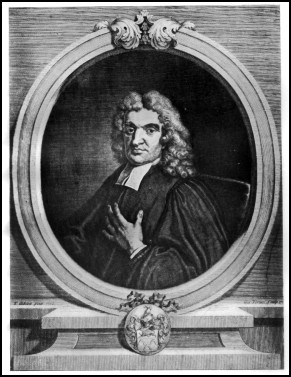I normally only do birthdays, not deathdays, but here is a brief post to mark the passing, on December 31st, 1719, of Denby’s most famous son, John Flamsteed, the first Astronomer Royal, and the man who nearly discovered Uranus (he thought it was a star).
Flamsteed is remembered mostly as a star cataloger, and his posthumously-published Historia Coelestis Britannica contained nearly 3,000.

These days he is commemorated by the obligatory asteroid (4987), a crater on the Moon in the Oceanus Procellarum, and a school and memorial garden in his home village in Derbyshire, England.
Also in the news today, asteroid 583 Klotilde was discovered by Johann Palisa on December 31, 1905 (he must have had a similar view to me regarding going out on New Years Eve). It was named after the daughter of the Austrian astronomer H E Weiss, director of the observatory from where the discovery was made.
George W Ritchey is today’s second birthday boy. The American astronomer and telescope maker (co-inventor of the Ritchey-Chretien reflector) was born today in 1864.
AND FINALLY, GOING ON DOWN HERE. . . .
It’s my birthday!










